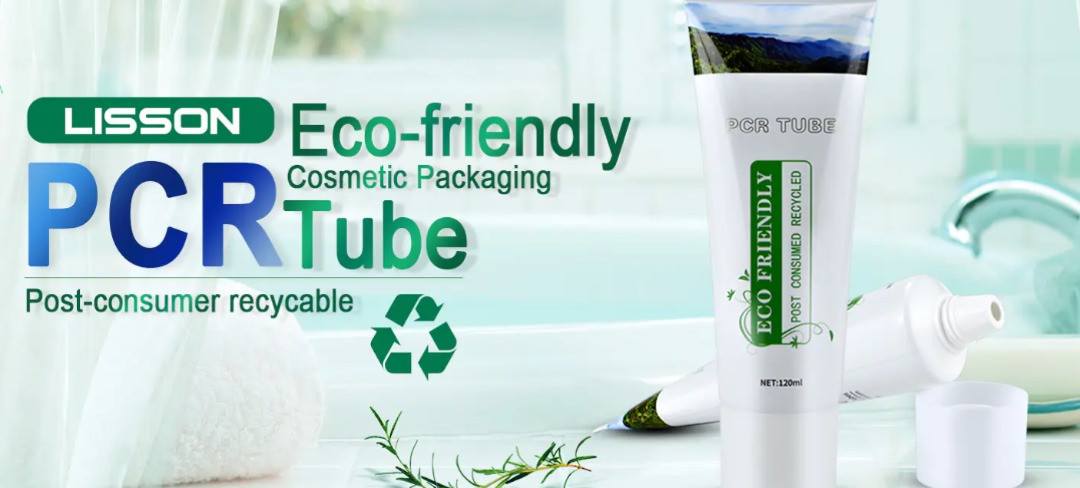Advancements in technology have made plastic squeeze tube packaging the most widely used and preferred packaging for toothpaste. Plastic is the preferred material, because it is flexible, easy to squeeze and holds a large amount of product. The process of making plastic toothpaste squeeze tubes is similar to other soft packaging tubes.
The idea for plastic toothpaste tubes isn’t new. Plastic was invented in the 19th century, and by the 1930s, some manufacturers were using it to package products like toothpaste. But these early plastic cosmetic tubes were made of celluloid, a type of plastic that is highly flammable.
Today, many toothpaste squeeze tubes use recycled plastics. Recyclable plastics are collected from household and business trash and processed through industrial recycling facilities for reuse in manufacturing new items.
Some toothpaste tubes are made without BPA, the chemical used to give some plastics the ability to stretch and make them shatterproof. Studies show that small amounts of BPA might leach out of the plastic into food and drinks, particularly those that are fatty or acidic.
To make your tube, toothpaste tube manufacturers follow these steps:
Choose material:
The material used in the tube is a type of plastic called laminated tubes. Laminated tubes are made from layers of extruded aluminum foil, plastic film, and paperboard.
To make a plastic squeeze tube, the toothpaste tube manufacturers must first choose the type of plastic to use. Most of the manufacturers may opt for something like high density polyethylene (HDPE) or low density polyethylene (LDPE).
The extrusion process:
Extrusion is the important first step in making plastic cosmetic tubes. Plastic resin pellets are melted, mixed and pushed through a molder that gives the extruded plastic its initial shape. In toothpaste squeeze tube packaging, the plastic is extruded as two flat sheets, which are then placed on top of each other to form a single sheet of plastic with three layers.
After extrusion, the plastic has to be cooled and cut into appropriate lengths. Long tubes are usually cut into shorter pieces using a cutter made up of sharp blades.
After cooling, the tube is passed through a forming process called annealing. During this process, heat is applied to help remove stress from the plastic after it’s been molded or formed. This helps ensure that the tube won’t shrink later on when it’s being filled with toothpaste.
Printing:
The manufacturer then prints on the squeeze tube packaging using silk-screen printing or gravure printing.
The tube is printed with the brand name and other information (product name, ingredient list, etc.). The printed message is applied in several different ways. The first method is called flexography printing, which uses a flexible plate to transfer an image to the squeeze tube. A second method is offset printing, in which an image is transferred from a plate to a rubber roller and then to the plastic cosmetic tubes. Finally, there’s gravure printing, which involves transferring ink from an etched cylinder to the tube.
Lamination:
After printing, the manufacturer laminates the tube with an adhesive that bonds all of the layers together. This creates a single sheet of laminated material.
Laminated multiple layers of material are combined together for added strength. The first layer of material is called the base web and is usually made from PE. The second layer is called sealant and can be made from either PET or PVC. These two layers are joined together by heat-sealing or solvent-welding techniques.
Cutting:
The next step is cutting this sheet into strips. The strips are cut into desired lengths and then cut again to create a rudimentary shape for the tube. Toothpaste squeeze tube packaging can’t be made from metal, metal would be too reactive to the product inside. Plastic toothpaste squeeze tubes start as a flat sheet of plastic film. A manufacturing machine heats up and inflates the film into a tube shape, then cuts it to size.
Welding:
Sealing the ends of plastic toothpaste tubes is a multi-step process. First, they’re crimped to secure them, then they’re welded shut to create an airtight seal. Next, the manufacturer welds one end of each strip and cuts it into a tube shape so that it can be filled with toothpaste.
Inspecting:
Last, the toothpaste tube manufacturers inspect each tube for any defects before packaging them for shipment.









